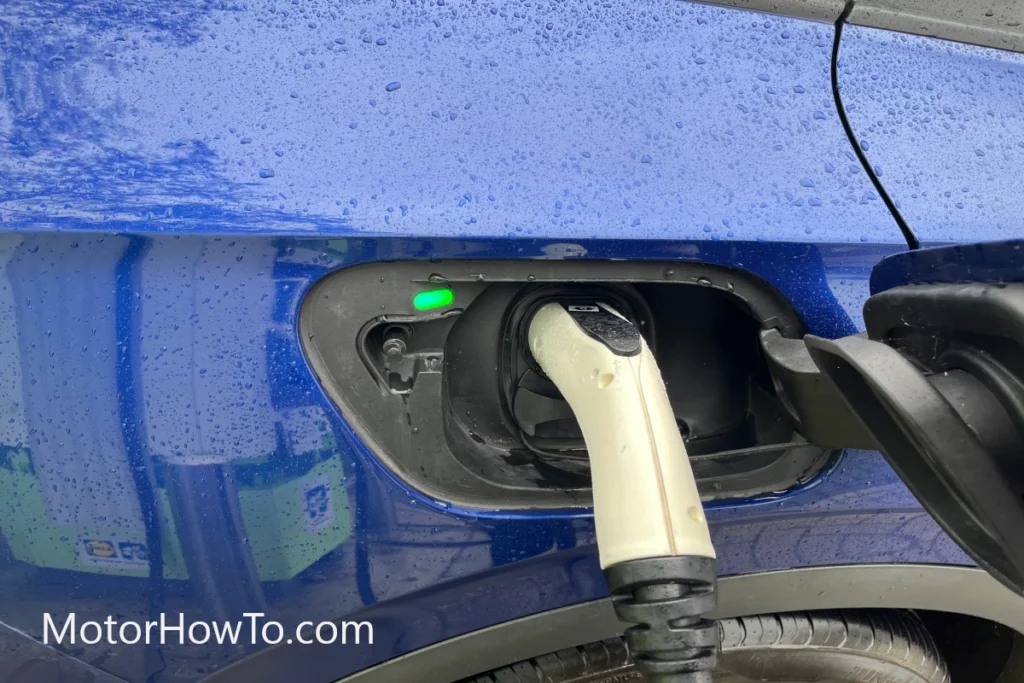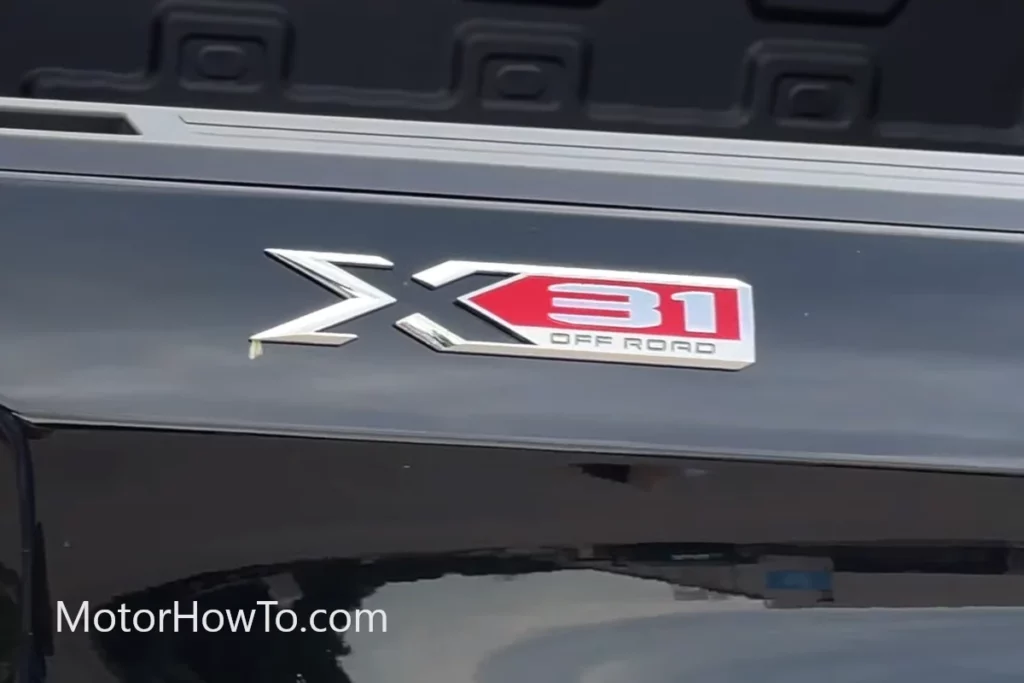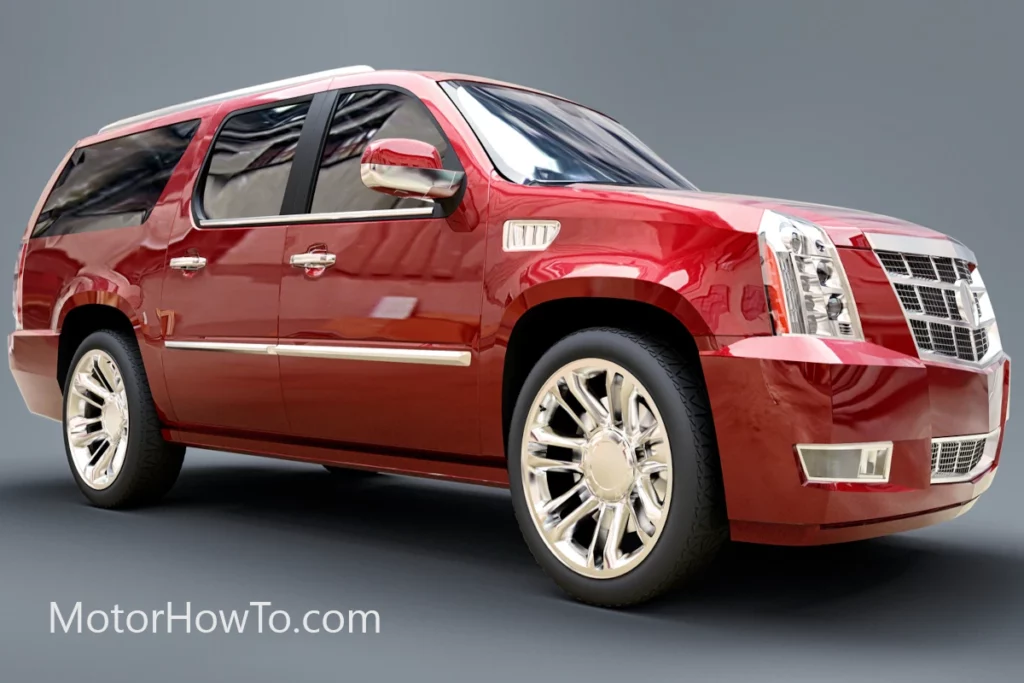A well-functioning car heater blower usually produces zero noise. It primarily functions smoothly and efficiently.
Some people may not even notice if it’s there. The system is always working tirelessly in the background to give you an ideal optimal temperature in the car.
However, this may change when your car heater blower starts squealing and screeching, undermining your comfort.
So, what might be the problem when your car heater blower starts having such problems?
We explain below why it happens and how to fix the technical hitches. Let’s begin.
Here’s Why Your Car Heater Blower Continuously Squealing and Screeching?
Your car heater blower may be continuously squealing and screeching because of reasons such as worn-out motor bearings, poor lubrication, and a loose fan belt.
- Here's Why Your Car Heater Blower Continuously Squealing and Screeching?
- How Do I Diagnose a Car Heater Blower Squealing and Screeching?
- What Can I Do to Fix my Car Heater Blower Squealing and Screeching, and How Much Does It Cost?
- Should I Stop Using the Heater Until it is Fixed to Avoid Further Damage?
- Conclusion
- Sources
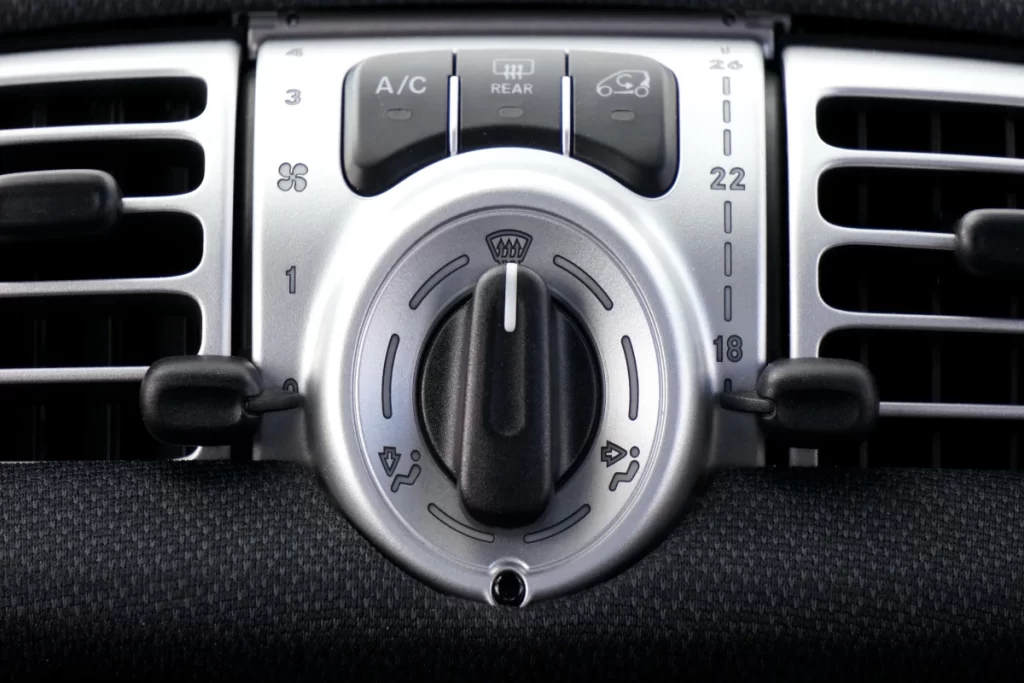
Let’s have a deeper look…
Worn-Out Motor Bearings
Check your motor bearings, mainly if they are worn out. They are a significant cause of the squealing and screeching noise. The noise usually happens because of the regular friction of the heater blower during operation.
Poor Lubrication
Your bearings might be in good shape, but the car heater blower is insufficiently lubricated. The blower primarily works by forcing warm air from the heater to your car’s air ducts for proper utilization. Because of their work, sometimes you may forget to lubricate your car heater blower.
Also, you should lubricate the system with appropriate and recommended lubricant to aid in good performance and functioning of the car heater.
Sometimes you can do the lubrication yourself, but it’s always good to seek an expert’s opinion to ensure everything goes smoothly. The process of lubrication requires you to slowly and carefully remove and oil the car heater blower for it to silence the noise.
Loose Fan Belt
You may hear squealing and screeching sounds if your fan belt is loose. This will require you to adjust the recommended length to stop the noise. In addition, after functioning for a more extended period, your blower belt might have been damaged, thus producing those bad sounds.
Check if it’s in bad shape and replace it to enhance performance.
Before changing the belt by yourself, always seek help from an expert to examine the entire system before coming to any conclusions. The auto expert will make the required adjustments or replacements.
Related:
- Why Is My Car Blowing Hot Air Out When The Heater Is Off? (Solved)
- Why Is My Car’s Climate Control Not Working? (Solved)
- Is Car Heater Bad For My Health? (8 Preventive Measures)
How Do I Diagnose a Car Heater Blower Squealing and Screeching?
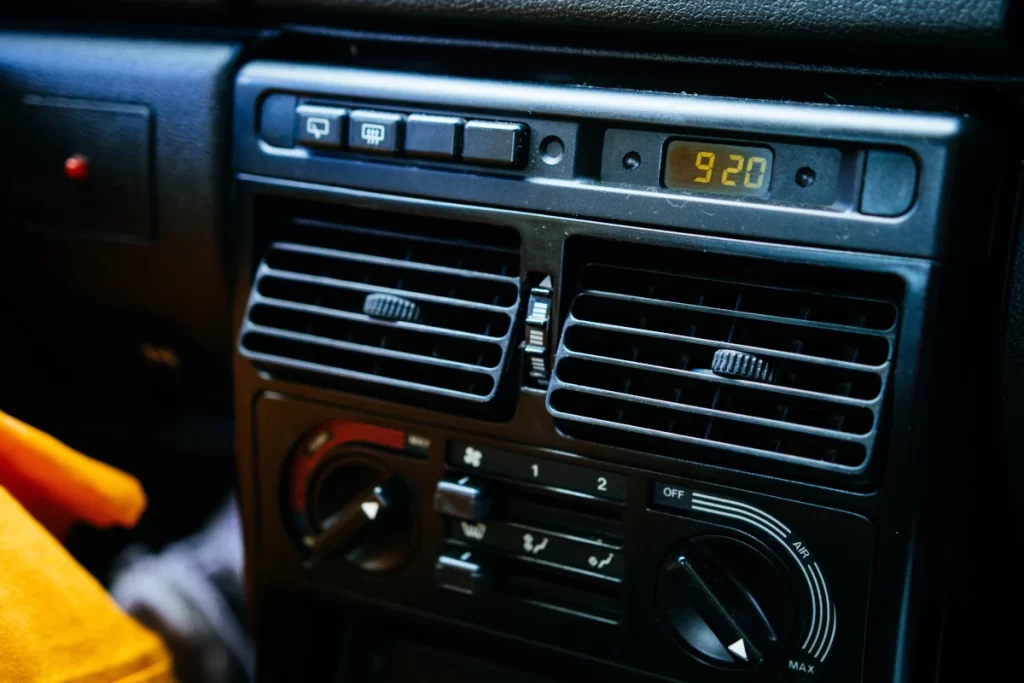
Below, we share how you can diagnose a car heater blower squealing and screeching. Take a look.
Check the Fuse
Try to confirm if the fuse is working well using a test light. Check your owner’s manual to help you locate the fuse if you don’t know where it is.
Ensure your test light is in good shape and working. Place the other end of the fuse on the battery negative. Also, establish that the positive end is working well and you have fixed it properly.
You will know if the fuse is working when you test it and the test light lights up. You can also pull out the fuse and inspect it to see if it’s in good shape.
If the fuse is blown, that may cause the squealing and screeching sound, but you have other tests to perform to diagnose the problem entirely.
Examine the Blower Motor
Check the blower motor if you have found that your fuse is not the cause of the high-pitched sound. You can find it underneath the dash on the passenger’s side. So, you can test the blower’s motor connection by disconnecting the connectors. Afterward, using your switched-on key and heater, test the connectors using a test light.
After finding your blower motor connector’s power functioning efficiently without the system producing any sound, you will have to narrow it down to the blower motor itself.
Inspect if there is any debris or junk inside it. Also, confirm if the blower motor spins freely without any technical hitch. In this case, if it’s damaged, you will have to replace it.
Inspect the Blower Motor Resistor
The blower motor resistor usually regulates the blower motor’s speed by withholding the electricity through the positive side of the circuit or the ground. You find the blower motor resistor near the blower motor.
You can test it using a test light and a multimeter to see if it works properly. You will need the help of a technician to assist you in doing the test.
Test the Heater Control Switch
When the data on your multimeter highlights that the module’s voltage changes as you turn the heater control switch, it implies your control switch is performing well.
You test whether the blower motor resistor works well using a test light. Once you connect, watch the test light as you adjust slowly the heater control switch. The resistor module functions well if your test light brightness changes while adjusting the button.
On the other hand, when you don’t notice any brightness variation in your test light, it signals that the resistor module isn’t functioning efficiently. It also means that the resistor can’t regulate the speed of your blower motor, producing an uncomfortable sound.
When this happens, the problem might be on the control switch, resistor or module wiring, and a relay.
What Can I Do to Fix my Car Heater Blower Squealing and Screeching, and How Much Does It Cost?
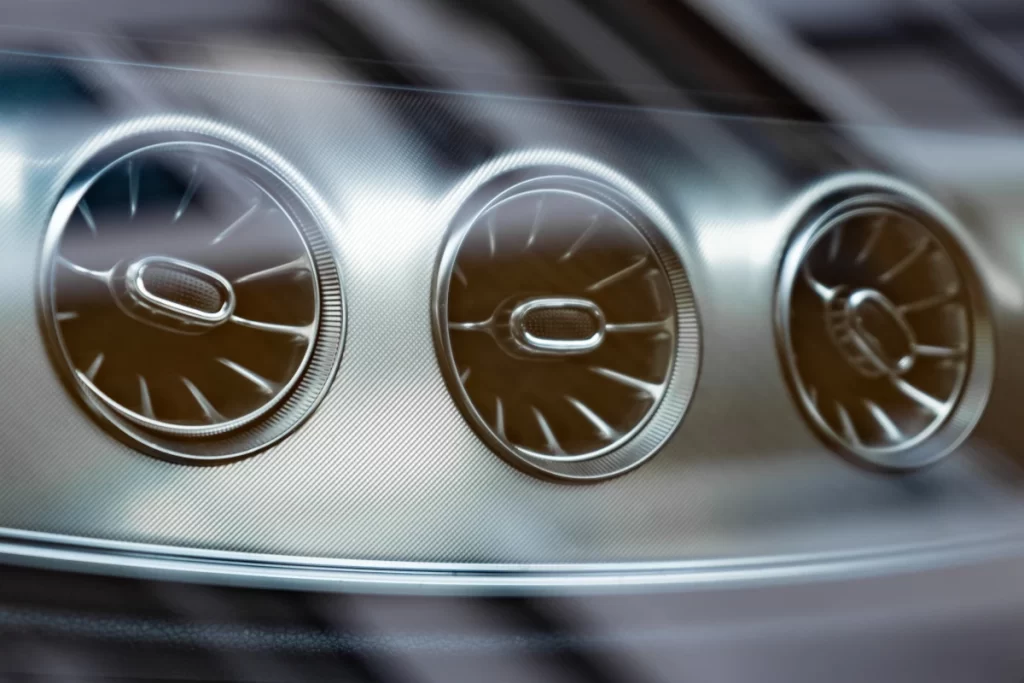
Once you hear an unusual noise, the best action is to engage an expert for a proper diagnosis. The technician will assess and advise you on the way forward. However, below are helpful solutions that can assist you.
- Replace the Worn-Out Bearings
If you are somehow skilled in this field, you can replace the bearings yourself. However, if you can’t, seeking the help of an expert is also advisable.
- Lubricate Your Car Heater Blower
You can do it yourself or hire a technician to help you out. The procedure requires you to be extra cautious when removing the blower and oiling it.
- Tighten the Fan Belt
If the belt is loose, you must adjust it to ensure smooth operation and reduce the noise. If the blower belt has served you for many years and is now damaged, you will have to replace it for continued performance.
Note; It may be possible to replace the belt yourself. However, always seek help from an auto expert to give you a way forward. That’s if you suspect the squealing and screeching result from the damaged belt. The technician will help you make the required adjustments, replacements, and repairs.
Here are steps you can follow to tighten the loose blower belt:
- Turn off the entire system’s power by switching off the power switch. Remember also to switch off your breaker switch on the electric panel.
- Take out the furnace blower compartment cover by opening 4 to 6 screws and pulling them out.
- Find the blower motor belt.
- Assess your fan belt to see any signs of aging and deterioration.
- If you see the belt is damaged, reach out to an HVAC technician to fix it. If the belt is just loose, you can tighten it yourself.
- So, put pressure at the center of the belt to locate the loose end. If the looseness is above ¾ inches, you will have to tighten it.
- Use the two screws at the other side of the furnace blower motor and rotate them counterclockwise until they become loose.
- Once you have finished loosening the nuts, pull the motor to form a taut belt. The taut belt will help you tighten the nuts till the motor can’t move again.
- Once again, exert pressure on the middle of the fan belt to sense its tension. If the deflection lies between ¾ and ½ inches, that’s okay. If it doesn’t, rewind the entire procedure until you get the appropriate tension.
- Replace your cover.
- Finally, switch on your system.
Always perform proper maintenance on your car heater blower. Ensure you check the system regularly to avoid inconveniences.
When it comes to the cost required to fix your car heater blower, it differs from car to car. It also depends on service providers. The price for improving your blower varies from one service provider to another.
Should I Stop Using the Heater Until it is Fixed to Avoid Further Damage?
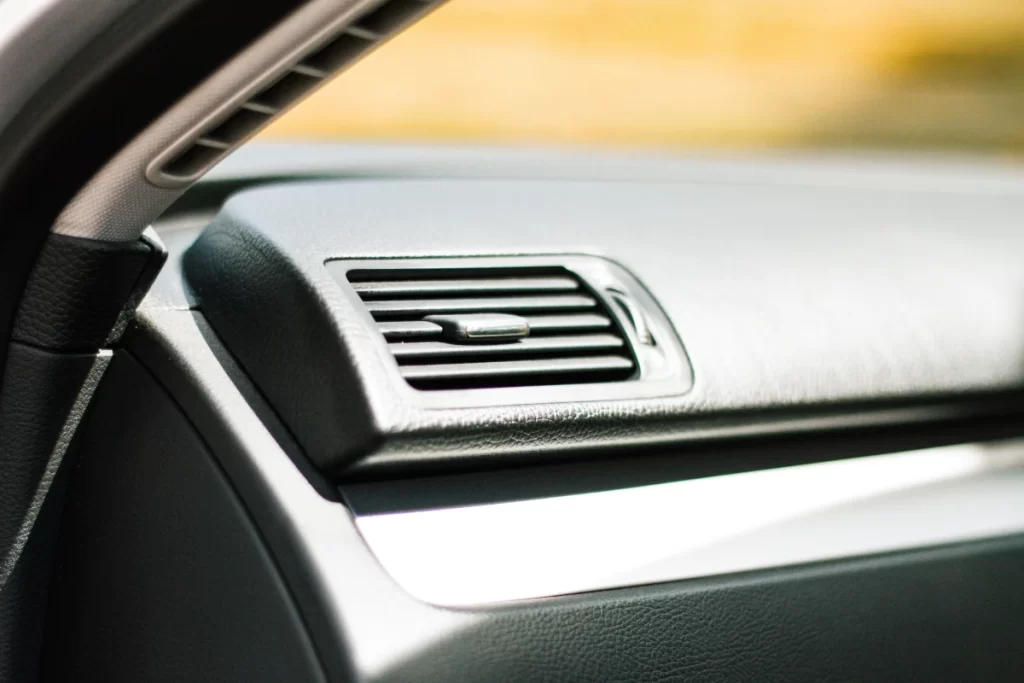
Yes, if you want your heater to serve you longer and not affect other car parts, you should stop using it until you have solved the problem. If it’s damaged, you will have to replace it. When you continue using it that way, it may strain, blow up and eventually fail to perform.
Always remember a well-functioning car heater blower will give the following:
- An excellent inside car air quality
- Long time life span
- Clean and fresh central air system
- Reliable heating services
- Safe operation
- Best energy efficiency
So, make a good decision for your car heater blower.
Conclusion
Your heater blower is critical to the car’s heating and cooling system. You have to pay attention when the blower starts making high-pitched squealing and screeching noises. It may look like a minor issue, but it can make your driving uncomfortable.
Luckily, every problem has a solution. In this case, you can take your car to an auto expert or fix the problem yourself if you are skilled in that area.
Your car heater blower is usually built to stay for as long as the car does. But it may need repairs because it has to operate in harsh and extreme conditions. Hopefully, you can use the tips provided in this article to solve your car heater blower problems.
Sources
10 Tips in Maintaining Your Car’s Air Conditioning System
Car AC Squealing When Turned On?

